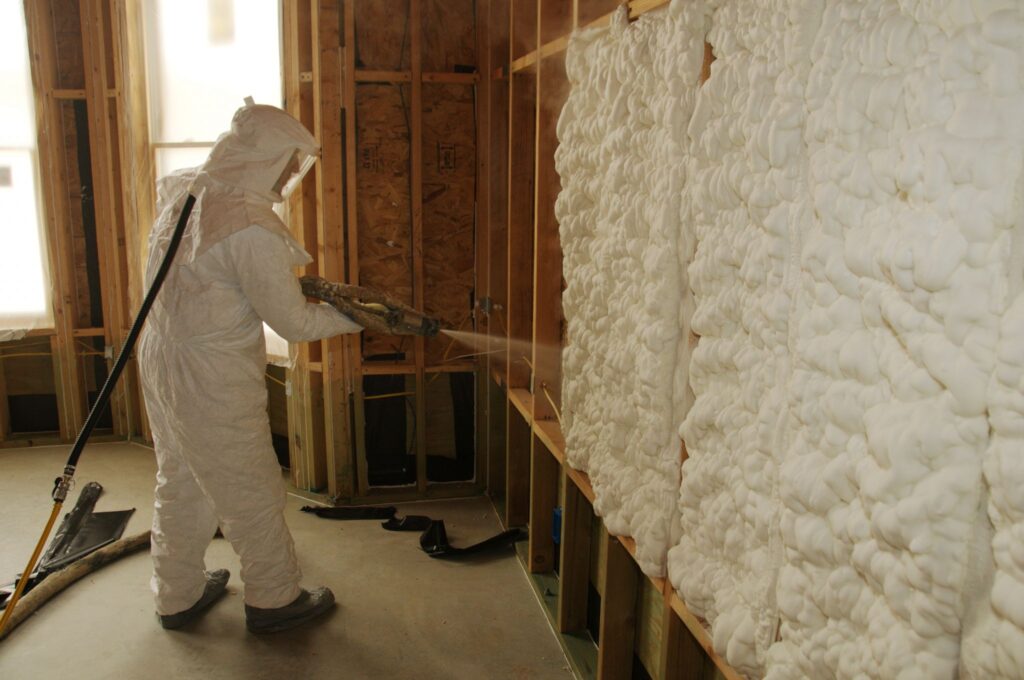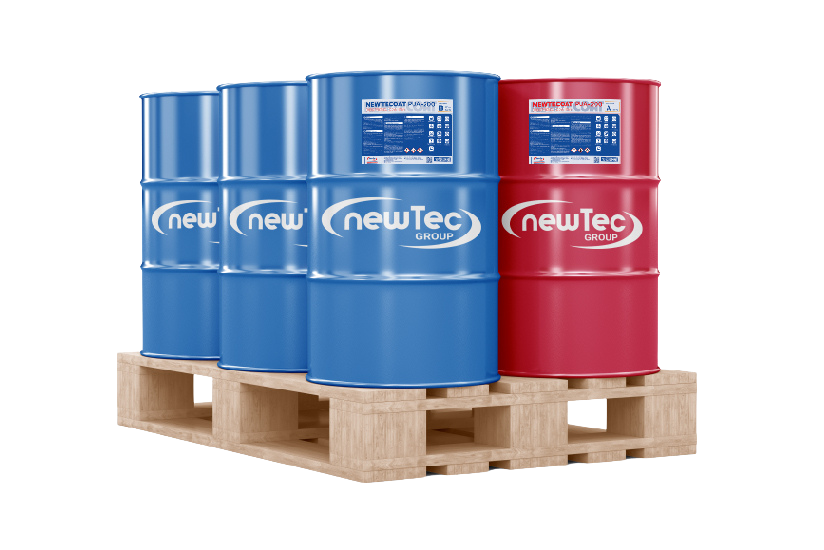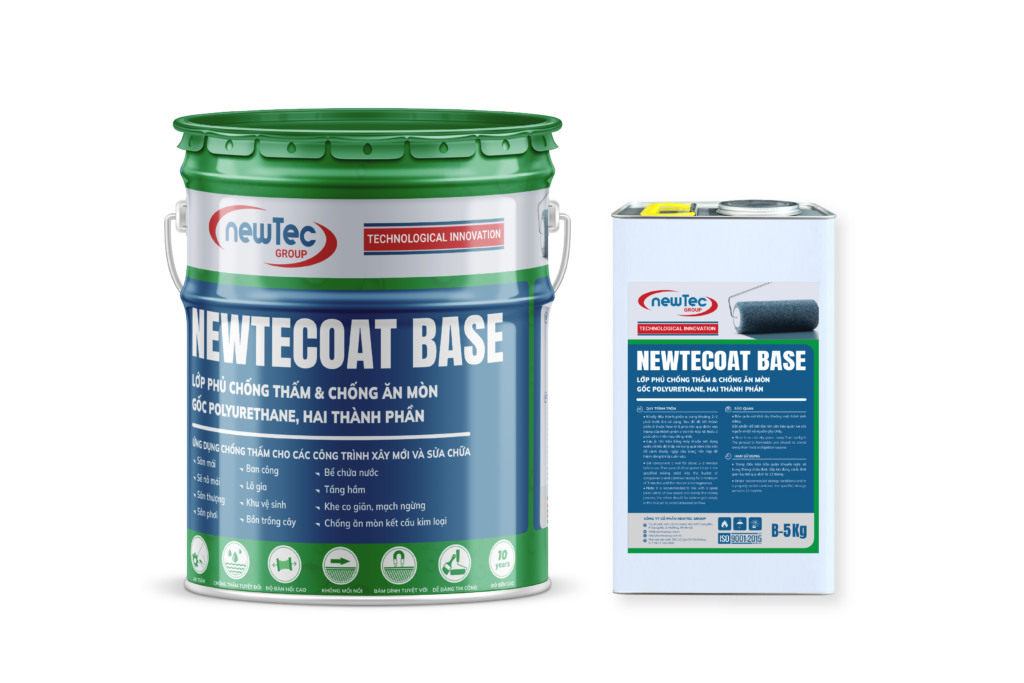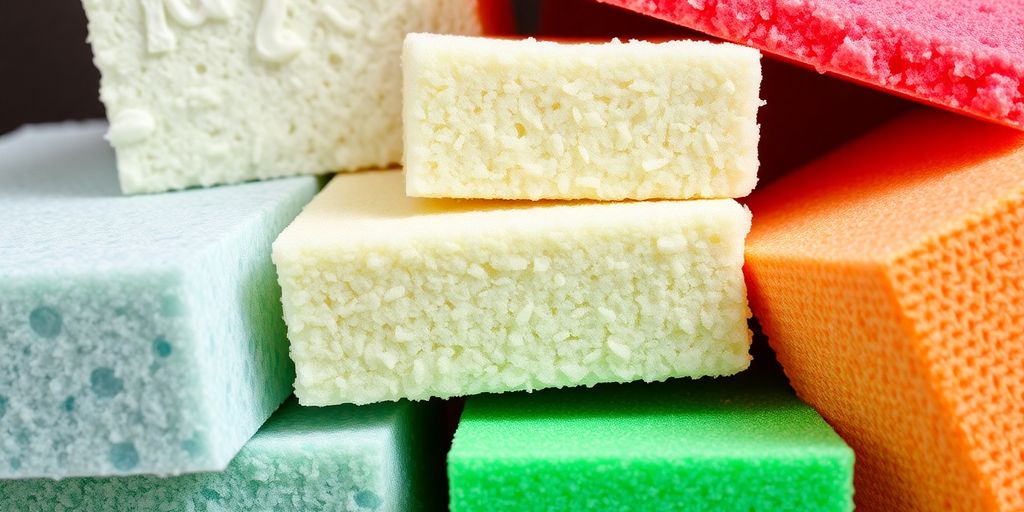Polyurethane is a material that pops up in all sorts of products we use every day, from furniture to car parts. But have you ever stopped to think about what it’s made of? This guide breaks down the basics of polyurethane, its components, and how it’s used in various industries. Let’s take a closer look at what makes this versatile material tick.
Key Takeaways
- Polyurethane is made from two main components: polyols and isocyanates, which react to form urethane links.
- There are two types of polyurethane: thermosetting, which hardens permanently, and thermoplastic, which can be reshaped when heated.
- Polyurethane is known for its flexibility, durability, and resistance to wear and chemicals, making it ideal for many applications.
- The manufacturing process involves adjusting the ratios of polyols and isocyanates to create either flexible or rigid materials.
- Sustainability concerns are leading to new recycling methods and eco-friendly alternatives for polyurethane.
The Chemistry Behind Polyurethane
Polyurethane is a type of polymer. It’s made from organic pieces linked by carbamate links. You get it by mixing a polyol with a diisocyanate or a polymeric isocyanate, and you need to use the right catalysts and additives. The polyols and diisocyanates you pick change what the polyurethane is like and what it’s good for. Let’s get into the details.

Polyurethane is a type of polymer
Understanding Urethane Links
Polyurethane is built from chains of organic molecules connected by urethane links. These links are super important. They’re made when polyols (alcohols with a bunch of hydroxyl groups) and isocyanates react. This reaction is what makes polyurethane special and useful. Depending on how you make it, these urethane links can make stuff that’s either hard or bendy.
Role of Polyols and Isocyanates
Polyols and isocyanates are the main ingredients. Think of them like this:
- Polyols: These are alcohol things that make the material flexible and stretchy. polyurethane’s molecular structure
- Isocyanates: These are chemicals that decide how hard or soft the final thing is. Common ones are toluene diisocyanate (TDI) and methylene diphenyl diisocyanate (MDI).
- Additives: You often throw in other stuff, like water or catalysts, to change the polyurethane’s properties.
By changing how much polyol and isocyanate you use, you can make all sorts of things, from soft foams to hard plastics. It’s all about getting the mix right.
How Polyurethane Differs from Other Polymers
Polyurethane isn’t like regular plastics such as polyethylene or polystyrene. Those melt when you heat them, but polyurethane usually stays solid even when it’s hot. This makes it great for things that need to hold up under pressure, like insulation or car parts. It can also mimic rubber, metal, and fabric. It’s super versatile. It’s also thermosetting, meaning it doesn’t melt when heated.
Distinguishing Between Thermosetting and Thermoplastic Polyurethane
Polyurethane is pretty cool because it comes in two main flavors: thermosetting and thermoplastic. It’s kind of like choosing between a cake and a cookie – both are sweet, but they behave very differently under heat. Let’s get into it.
Characteristics of Thermosetting Polyurethane
Thermosetting polyurethane? Think of it as the tough guy of the polyurethane world. Once it’s set, it’s set for good. This is because it undergoes a chemical reaction that creates strong, permanent bonds. You can’t melt it down and reshape it like you can with some other plastics. It’s like baking a cake – once it’s baked, you can’t turn it back into batter.
Here’s what makes it special:
- High heat resistance: It can handle the heat without losing its shape.
- Excellent chemical resistance: It stands up to harsh chemicals.
- Structural integrity: It’s strong and rigid, perfect for things that need to hold their shape.
Thermosetting polyurethane is like the foundation of a house. It provides a solid, unyielding base that can withstand a lot of stress and environmental factors.
Characteristics of Thermoplastic Polyurethane
Thermoplastic polyurethane (TPU) is the more flexible and adaptable sibling. Unlike thermosets, TPU can be melted down and reshaped over and over again. This makes it great for applications where you need something that can bend, stretch, and recover its shape. Think of it like a rubber band – you can stretch it, but it always goes back to its original form. This makes it ideal for flexible hoses and tubing.
Here’s what sets TPU apart:
- High elasticity: It can stretch without breaking.
- Good abrasion resistance: It can withstand wear and tear.
- Recyclable: It can be melted down and reused, which is a big plus for the environment.
Applications of Each Type
So, where do you use each type of polyurethane? It all depends on the specific needs of the application. Thermosetting polyurethane is often used in coatings, adhesives, and insulation, where strength and durability are key. On the other hand, TPU is commonly found in footwear, automotive parts, and flexible tubing, where flexibility and wear resistance are important. The choice between the two boils down to what you need the material to do. Thermosetting polyurethane is commonly used in rigid foam insulation for construction.
| Feature | Thermosetting Polyurethane | Thermoplastic Polyurethane |
|---|---|---|
| Heat Resistance | High | Moderate |
| Flexibility | Low | High |
| Recyclability | Low | High |
| Common Applications | Coatings, Adhesives | Footwear, Automotive Parts |
Unraveling the Properties of Polyurethane
Polyurethane is pretty cool because it can be used for so many different things. It’s not just one thing; it’s a whole family of materials with different properties. Let’s take a look at some of the things that make it so useful.
Flexibility and Durability
Polyurethane is known for being both flexible and tough. You can bend it, stretch it, and it won’t break easily. This is why it’s used in things like car seats and shoe soles. It can handle a lot of wear and tear without falling apart. The flexibility comes from the polyols used, while the durability is boosted by the isocyanates. It’s a great combo.
Chemical Resistance
One of the best things about polyurethane is that it can stand up to a lot of different chemicals. This makes it great for things like coatings and sealants. It won’t break down when it comes into contact with oils, solvents, or other harsh stuff. Here’s a quick list of why this matters:
- Protects surfaces from damage.
- Extends the life of products.
- Reduces the need for frequent replacements.
Abrasion Resistance
Polyurethane is also really good at resisting abrasion. That means it can handle being rubbed and scraped without wearing down too quickly. This is why it’s used in things like conveyor belts and protective coatings. It can take a beating and keep on going. This is a big deal for industrial applications where things are constantly being moved around. The urethane links in the polymer chains help with this.
Polyurethane’s unique combination of properties makes it an incredibly versatile material for countless applications. It can be soft and flexible like foam, or hard and rigid like a coating. This adaptability is what makes it so useful in so many different industries.
How Polyurethane Is Manufactured
Okay, so you’re curious about how this stuff is made. It’s not magic, but it does involve some chemistry and specific processes. It all comes down to mixing the right ingredients in the right way.

Manufacturing at NewTec Group
The Role of Monomeric Proportions
The secret to polyurethane lies in the precise ratio of its two main components: polyols and isocyanates. Think of it like baking a cake – too much of one ingredient, and the whole thing flops. These two chemicals react to form urethane linkages, which are the backbone of the material. The proportion of each determines if the final product is flexible, rigid, or somewhere in between. Catalysts and additives are also thrown into the mix to control the reaction speed and tweak the final properties. It’s a delicate balance!
Processes for Creating Flexible and Rigid Forms
How you actually make the polyurethane depends on what you want to end up with. Different techniques are used for flexible foams, rigid panels, and other forms. Here are a few common methods:
- Injection Molding: This involves injecting the liquid polyurethane mixture into a mold. The material then cures inside the mold, taking on the desired shape. This is great for making precise parts. Check out injection molding polyurethane for more information.
- Extrusion: This process forces the polyurethane through a die to create continuous shapes, like tubes or sheets.
- Spraying: Polyurethane can also be sprayed onto surfaces to create coatings or insulation. This is commonly used in construction.
The cool thing about polyurethane is how versatile it is. By changing the manufacturing process and the ingredients, you can create a material with a wide range of properties. It’s really adaptable.
Additives and Their Impact on Properties
It’s not just about the polyols and isocyanates. Additives play a huge role in determining the final characteristics of the polyurethane. These additives can change everything from the color and texture to the flammability and durability. For example:
- Blowing agents are used to create foams. They produce gas bubbles within the mixture, resulting in a cellular structure.
- Flame retardants are added to reduce the flammability of the material, which is important for safety in many applications.
- Pigments are used to give the polyurethane its color.
- Stabilizers can improve the resistance to UV light or oxidation, extending the lifespan of the product.
Common Applications of Polyurethane
Use in Automotive Industry
Polyurethane is all over the automotive world. I mean, think about it – your car seats, the dashboard, even some bumpers use it. It’s popular because it’s tough but doesn’t weigh a ton. This helps cars get better gas mileage. Plus, it’s used for insulation inside cars, which keeps the noise down and the temperature just right. And yeah, even some tires use polyurethane, especially the high-performance kind. It’s pretty wild how much this stuff is in our cars.
Applications in Construction
In construction, polyurethane insulation is a game-changer. It’s used in walls, roofs, floors, and even pipes to make buildings more energy-efficient. Builders also use it as a sealant or adhesive because it sticks well and lasts a long time. And it’s a favorite for coatings that protect surfaces from water and rust. Whether it’s flexible or rigid, polyurethane fits right in with what modern construction needs.

Applications in Construction
Consumer Products and Everyday Uses
From the shoes on your feet to the mattress you sleep on, polyurethane is everywhere. It’s used in furniture, bedding, shoe soles, and even some types of clothing. It’s also used in things like sponges, packaging, and some types of glue. It’s just one of those materials that’s so versatile, it ends up in all sorts of stuff we use every day.
Polyurethane’s ability to be molded into almost any shape, combined with its durability, makes it a go-to material in many industries. It can even outperform materials like rubber, other plastics, and metal in certain applications. It’s also used in electronics to coat wires and in woodworking glue because it’s water-resistant.
Environmental Considerations of Polyurethane
Sustainability Challenges
Okay, so polyurethane is super useful, right? But let’s be real, it’s not exactly winning any awards for being eco-friendly. The big problem? It sticks around. Polyurethane doesn’t break down easily in the environment, which means it can hang out in landfills for a seriously long time. And when it does eventually start to degrade, it can release some not-so-great chemicals into the soil and water. Not ideal.
Recycling Methods
So, what can we do about all this polyurethane waste? Well, recycling is an option, but it’s not always straightforward. There are a few different approaches:
- Mechanical Recycling: This involves grinding up the polyurethane and reusing it in new products. It’s a good start, but the quality of the recycled material can sometimes be lower.
- Chemical Recycling: This is a bit more advanced. It breaks down the polyurethane into its original components, which can then be used to make new polyurethane. It’s more complex but can produce higher-quality recycled material. Check out some recycling advancements that are being made.
- Energy Recovery: In some cases, polyurethane can be incinerated to generate energy. This isn’t ideal, as it still releases emissions, but it’s better than just letting it sit in a landfill.
Eco-Friendly Alternatives
Luckily, people are working on making polyurethane more sustainable. One promising area is the development of bio-based polyurethanes, which are made from renewable resources like plant oils. These alternatives can reduce our reliance on fossil fuels and potentially be more biodegradable. Another approach is to design polyurethanes that are easier to recycle or break down. It’s all about finding ways to minimize the environmental impact of this versatile material.
It’s important to remember that while polyurethane presents environmental challenges, innovation is happening all the time. Researchers are constantly looking for ways to make it greener, from developing new recycling technologies to creating bio-based alternatives. The future of polyurethane could be a lot more sustainable than its past.
The Future of Polyurethane
Innovations in Production
Okay, so polyurethane has been around for a while, and it’s pretty useful. But what’s next? Well, a lot of the focus is on making it better to produce. Think about it: can we make it faster, cheaper, and with less waste? That’s the goal. New techniques are popping up all the time, aiming to streamline the manufacturing process. For example, some companies are experimenting with continuous production methods to reduce batch-to-batch variation and improve overall efficiency. It’s all about tweaking the process to get the best possible product with the least amount of hassle.
Trends in Material Science
Material science is always evolving, and polyurethane is no exception. One big trend is customization. We’re not just talking about making different colors; it’s about tailoring the material’s properties to specific applications. Need something super flexible? Done. Something incredibly rigid? No problem. The ability to fine-tune polyurethane’s characteristics opens up a whole new world of possibilities. Plus, there’s a lot of buzz around incorporating new materials into the mix, like nanoparticles, to improve flexibility and durability even further. It’s like giving polyurethane a superpower boost.
Potential for Biodegradable Options
Let’s be real: plastic waste is a huge problem, and polyurethane contributes to that. That’s why there’s a big push for biodegradable options. Imagine a polyurethane that breaks down naturally over time, reducing its environmental impact. Sounds pretty good, right? Researchers are exploring different approaches, like using plant-based materials and developing new chemical structures that are more susceptible to decomposition. It’s still early days, but the potential is there. If we can crack the code on biodegradable polyurethane, it could be a game-changer for the industry.
The future of polyurethane is looking bright, with innovations in production, material science, and sustainability all pointing towards a more efficient and eco-friendly material. It’s not just about making things; it’s about making them better for the planet.
Wrapping It Up: The Basics of Polyurethane
So, there you have it. Polyurethane is a pretty interesting material made from polyols and isocyanates. It’s not just your average plastic; it’s got a lot of flexibility and can be used in tons of different ways. From the foam on your couch to the coatings on your floors, it’s everywhere. Understanding what it’s made of helps us appreciate its role in our daily lives. Whether you’re looking for something durable or flexible, polyurethane has got you covered. Just remember, it’s all about that chemical reaction that brings it to life!
Read more: What is Polyurethane Fabric? Understanding Its Uses and Benefits





You may also be interested in
Understanding What Polyurethane Foam When Burned Gives Off: Health Risks and Safety Precautions
Polyurethane foam is commonly used in many products, from furniture to insulation. However, when it
May
Exploring the Question: Is Polyurethane Durable Enough for Everyday Use?
Polyurethane is everywhere, from the cushions on your couch to the insulation in your walls.
May
Exploring the Truth: Is Polyurethane Eco Friendly in Today’s World?
Polyurethane is everywhere these days, from your furniture to your sneakers, but is polyurethane eco
May
Trusted Polyurea Manufacturer for Philippines Supporting Industrial and Construction Excellence
The polyurea market in the Philippines is poised for significant growth from 2025 to 2031,
May
The Role of a Reliable Polyurea Manufacturer for Malaysia in Enhancing Construction Quality
Polyurea coatings have become increasingly vital in Malaysia’s industrial and construction sectors due to their
May
Reliable Polyurea Manufacturer for Cambodia Supporting Industrial and Construction Growth
Polyurea coatings are increasingly recognized for their vital role in the industrial and construction sectors,
May
Meet the Leading Polyurea Manufacturer for Thailand Powering Industrial Applications
Polyurea coatings have become an essential solution in various industrial sectors due to their exceptional durability, rapid curing times, and resistance to
May
Exploring Polyurea Manufacturer & Custom Coating Options in Southeast Asia
Polyurea coatings have become a game-changer in the protective coatings industry due to their remarkable
May